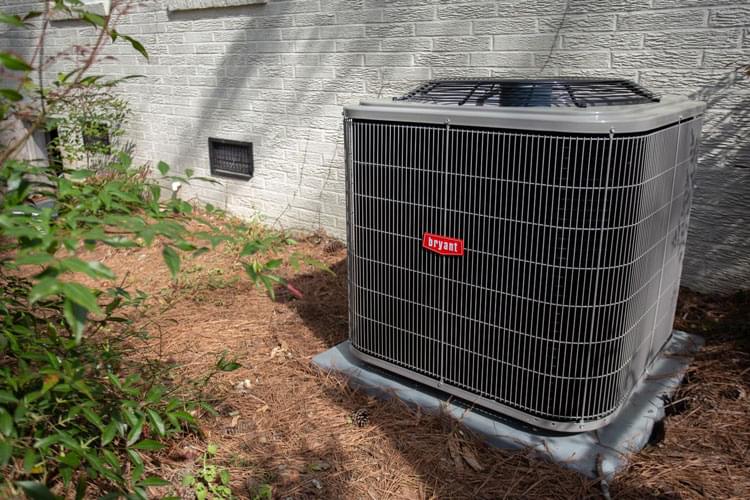Did you know that your air conditioner is actually transferring heat elsewhere to cool the air before pumping it into your home? Rather than cooling hot air, air conditioning removes the heat altogether through a complex system of coils, compressors, and fans. The remaining cold air is what you feel coming through your vents.

To understand how your AC system works, you need to understand the components of the system and what they do. Your air conditioning system has an inside unit and an outside unit. Each has critical components that do an essential job in the overall process. Both parts work together to achieve the desired result, so let’s take a brief look at what each of them does.
Your Indoor Unit
This unit is usually in the basement or a closet and is close to your furnace. It contains a coil box, and inside that is an evaporator. The evaporator, in short, absorbs heat. Inside this coil piping that makes up the evaporator is a cooling fluid. The fluid is sometimes called a refrigerant, but more often it’s called by the brand name, Freon. Yours may or may not have this brand of coolant, because there are many other options available, but it has something very similar.
The evaporator has structures that allow this fluid to absorb heat. After the heat is absorbed, it evaporates, leaving cool air behind. The air conditioner then blows the air that’s left over into the home to keep it cool. It’s much like how water on your stovetop absorbs heat before it’s able to boil. Once it absorbs that heat, it boils and then evaporates. The refrigerant in your indoor unit does the same thing.
Your Outdoor Unit
This unit is on the back or side of your home on the outside, and it’s where the heat goes once your indoor unit absorbs it. It has a condenser coil, a compressor, and a fan. When the indoor unit absorbs the heat, it transfers it to the outdoor unit. The first thing it passes through on its way out the door is the compressor.
The compressor’s job is to move the cooling liquid through the entire system. You can reuse refrigerant, so the compressor—wait for it—compresses the liquid at high pressure and moves it on to the condenser, which is the outdoor coil.
The condenser and the fan work together to cool the fluid back down. As the refrigerant moves through the condenser, the fan blows ambient air through it, causing it to return to cooler temperatures.
After this process is complete, the AC system has moved the heat from inside your home the outside, and it then sends the refrigerant back to the indoor unit to start the process over again. Removing heat is a critical component to keeping a house cool. Your air conditioning is more about eliminating this heat than it is about creating cool air.
